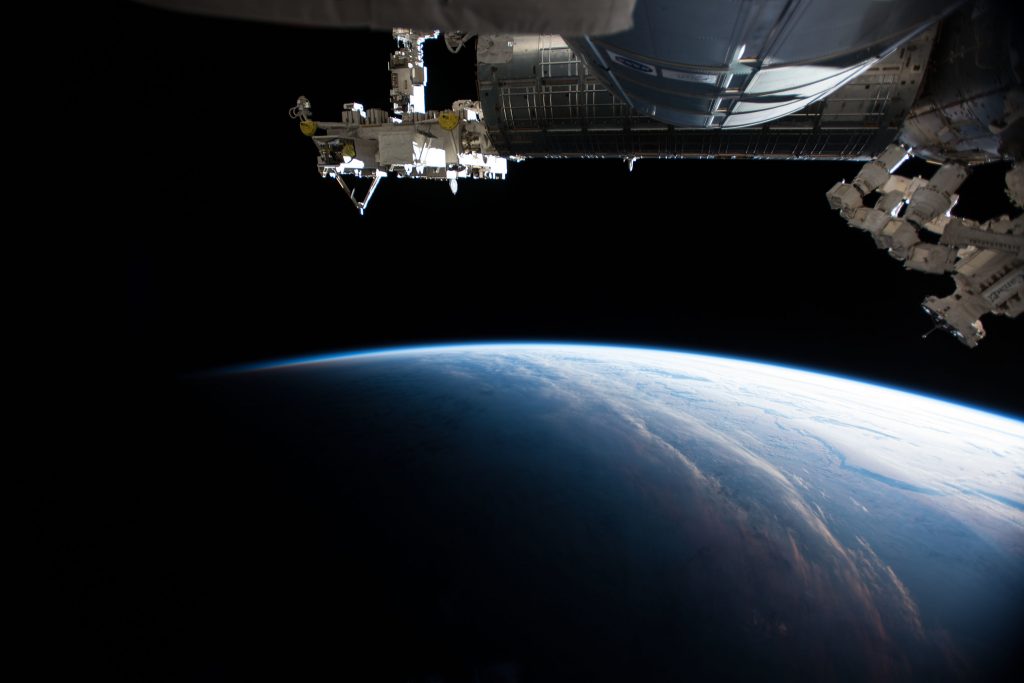This post is also available in Dutch.
This study compared the now-retired twin astronauts Scott and Mark Kelly. While Scott spent a year in space, his identical twin brother remained on Earth. Studying twins can be extremely helpful in understanding the effects of genes and the environment on our body (as we explained in a previous blog). Identical twins share the same genetic makeup. Therefore, if differences manifest over time (for example in health), those must be the result of environmental influences. The main goal of NASA’s twin study was to see if a prolonged stay in space takes a major toll on the human body, so NASA can ensure the health and safety of future astronauts during space exploration.

The researchers report a number of important key findings from NASA’s twin study.
1. Telomeres
Telomeres, the protective ends of each DNA strand, seemed to lengthen while Scott was in space. Interestingly, these changes reverted within hours of him landing back on Earth. Telomere length is likely related to the health and life span of our cells as telomeres prevent DNA damage and tend to shorten as we age. Therefore, scientists believe that these results can lead to therapies that improve our overall well-being.
2. Immune system
While Scott was in space, his immune system worked normally. This was tested by administering a flu vaccine in space, which worked exactly as it does on Earth. This is important as the chance of a microbial infection cannot be eliminated completely in the spacecraft and astronauts need to rely on a fully functioning immune system during long space missions.
3. Gene expression
Gene expression changed during Scott’s mission; a small subset of these changes even persisted up to 6 months after he returned to Earth. The genes that showed persistent changes in expression were related to the immune system and DNA repair. Even though Mark also showed some changes in gene expression on Earth, those were not the same as for Scott. It is possible that the changes seen in Scott reflect an adaptation to the new environment, but they could also be the result of radiation exposure. Scientists can use these results to develop strategies for monitoring the health of future astronauts or even preventing negative consequences of space travel.
4. Cognition
The study showed that Scott’s cognitive performance (e.g., mental alertness, spatial orientation) stayed largely the same during his time in space and remained comparable to his brother. This indicates that astronauts are able to maintain good cognitive performance even after some time in space. Interestingly, Scott showed a decreased cognitive speed and accuracy after returning from space, which persisted for six months, but this was attributed to re-exposure and adjustment to Earth’s gravity.
This twin study demonstrated how well our bodies can cope with numerous changes in our environment. It is, therefore, an important step in realizing longer expeditions such as missions to Mars.
______________________________________________________________________________
Leading image by NASA Johnson via flickr (CC BY-NC-ND 2.0).
Original language: English
Author: Eva Klimars
Buddy: Marisha Manahova
Editor: Christienne Gonzales Damatac
Translator: Rowena Emaus
Editor Translation: Jill Naaijen
